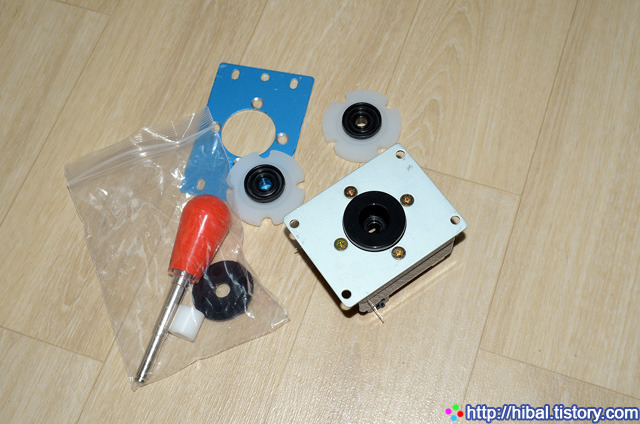And the really different mechanism makes it harder to compare. After the double arm lever between your hand and the switch (first, from your hand to the actuator through the shaft, then from the actuator to the switch pin through the switch lever), the influence of the switch is much less than the datasheet actuation force above the switch plunger.
I had fun with that a few days ago, and measured the arm levers, concluding the 300g of the A3 switch on my Crown 303 were reduced to 1/6 of that, down to 50g, once applied to where I lay my hand. Then, I attached the stick vertically to a workbench, and added weights in a bag itself attached to the bat, until it activated the switch (verified with a multimeter in beeping mode). It then took 370g to activate, only 50g of those being due to the switch, and then 320g of those being due to the very light 35 Shore A grommet, making the switch only account for 14% of the resistance against the hand.
And the difference is even bigger with stiffer K-sticks. The formula for Young’s modulus in function of Shore hardness shows the force necessary to get the same deformation is an exponential function of the Shore hardness : F1/F2=e^(0.0235*(S1-S2)) where F1 & F2 are the forces, and S1 & S2 the Shore hardnesses. This supposes the stress vs strain relation is linear, which it may well not be, but I guess it at least gives a clue.
So, using that, a 42 Shore A grommet would yeld a 377g resistance against the hand, a 55 Shore A would yeld a 512g resistance, and a 60 Shore A would yeld a 576g resistance. And the weight of the switch divided by 6 should be added to that, ie 377+200/6=410g for the Myoungshin Fanta with A2 switches, which would then only account for 8% of the resistance against the hand.
For a 60 Shore A grommet and 200g A2 switches like on ASI upgrade kit, it would go up to 576+200/6=609g, making the switch only account for 5% of the resistance against the hand.
For a 309 with arcade 60 Shore A grommet and 400g A4 switches, it would then be 576+400/6=643g, making the switch account for 10% of the resistance against the hand.
I don’t have an LS-56 to do the same test, nor did I do it with my JLF, but the experiment already shows the vast majority of the resistance in K-sticks is due to the grommet. I wouldn’t be surprised if using the same method showed the switches had much more influence on J-sticks, while they shouldn’t change that much on K-sticks (as long as pre-travel is the same: eg, the difference between Panasonic at 3.2mm pre-travel vs Gersung at 4mm may tell more than their respective actuation forces), but would be interested by the results for the same experiment.

